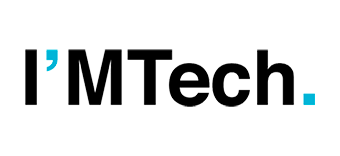MADEin4: digital twinning and predictive maintenance for industry
The European MADEin4 project was launched in April 2019 for a three-year period. It aims to help semiconductor manufacturers and equipment suppliers play an active role in the continuous improvement of their equipment. How? By relying on new digital twinning and predictive maintenance technologies. Agnès Roussy and Valéria Borodin, research professors at Mines Saint-Étienne, a […]

